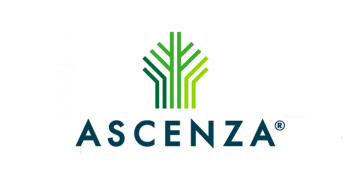The country experienced predominantly favourable weather conditions throughout the summer of 2023, with above-average rainfall in July. The southern-central oblasts experienced below-average rainfall in August, but this did not cause severe damage to summer crops.
Yield forecasts for winter cereals unchanged; forecast for spring barley revised upwards
Winter and spring cereals benefited from favourable spring weather conditions. The yield forecasts for wheat and winter barley remain unchanged, i.e. above the 5-year average in most of the country. Spring barley benefited from abundant rainfall during grain filling, leading to an upward revision in yield forecasts for all oblasts.
Yield forecasts for summer crops well above 5-year average, but production of maize below 5-year average
Favourable conditions in July boosted the development of summer crops. Yield forecasts were revised upwards for most of the country, except for the southern and western oblasts. However, the summer crop area is significantly reduced compared with the period before Russia’s invasion of Ukraine, particularly in oblasts located in the areas of military agression.
Despite the forecast increase in yield by 19%, we expect that the production of grain maize at national level will be reduced by 3% compared to the 2017-2021 average. The areas cultivated with sunflowers and soybeans were less affected than maize, and our production forecast increased to 17% (sunflowers) and 30% (soybeans) above the average before Russia’s invasion of Ukraine. We estimate that of the total production of summer crops 3% of grain maize, 17% of sunflowers, and 6% of soybeans remain in the invaded area.


Further information
JRC MARS (Monitoring Agricultural Resources) Bulletins
The latest information about global agricultural production hotspots for countries at risk of food insecurity is available on the JRC’s ASAP (Anomaly hot Spots of Agricultural Production).
O artigo foi publicado originalmente em JRC.





















































